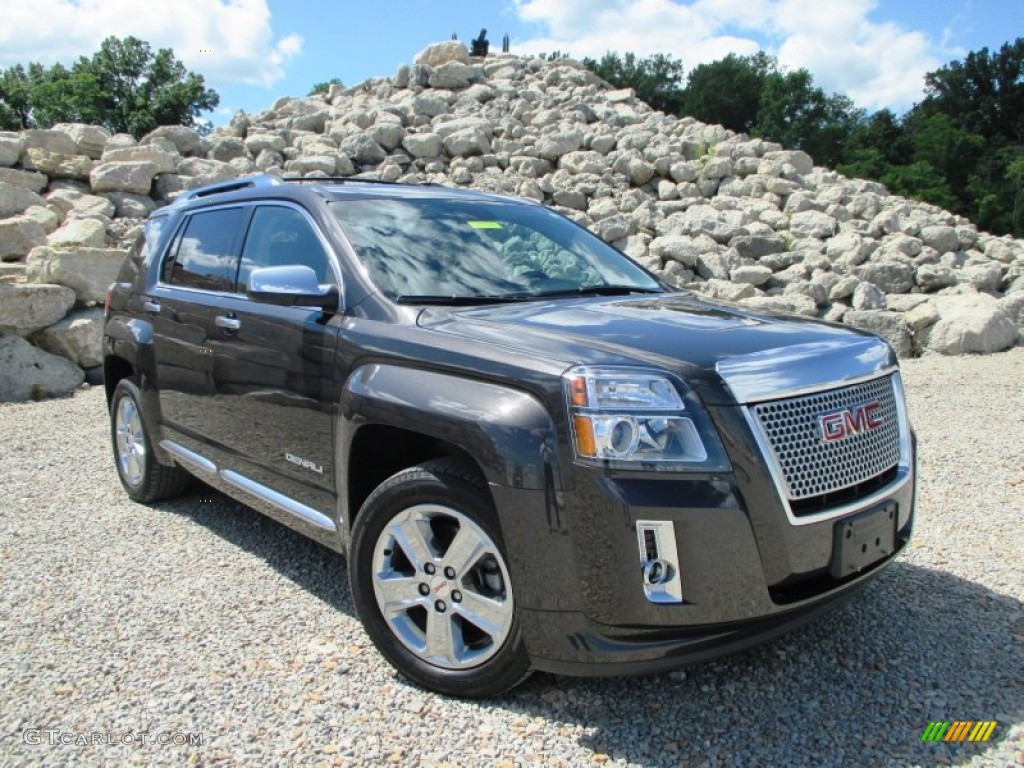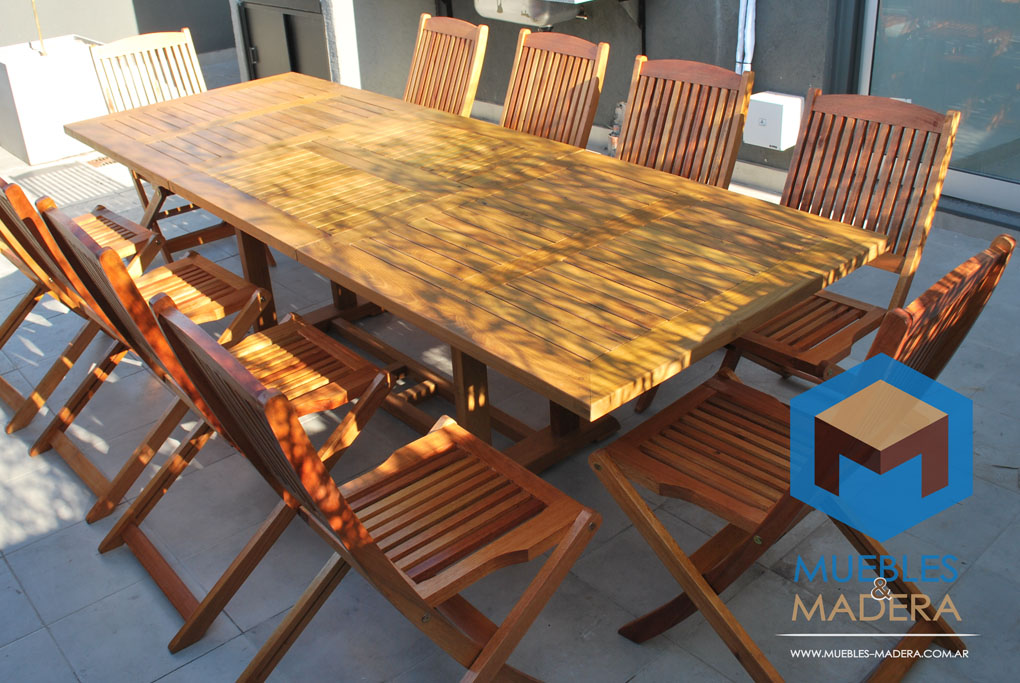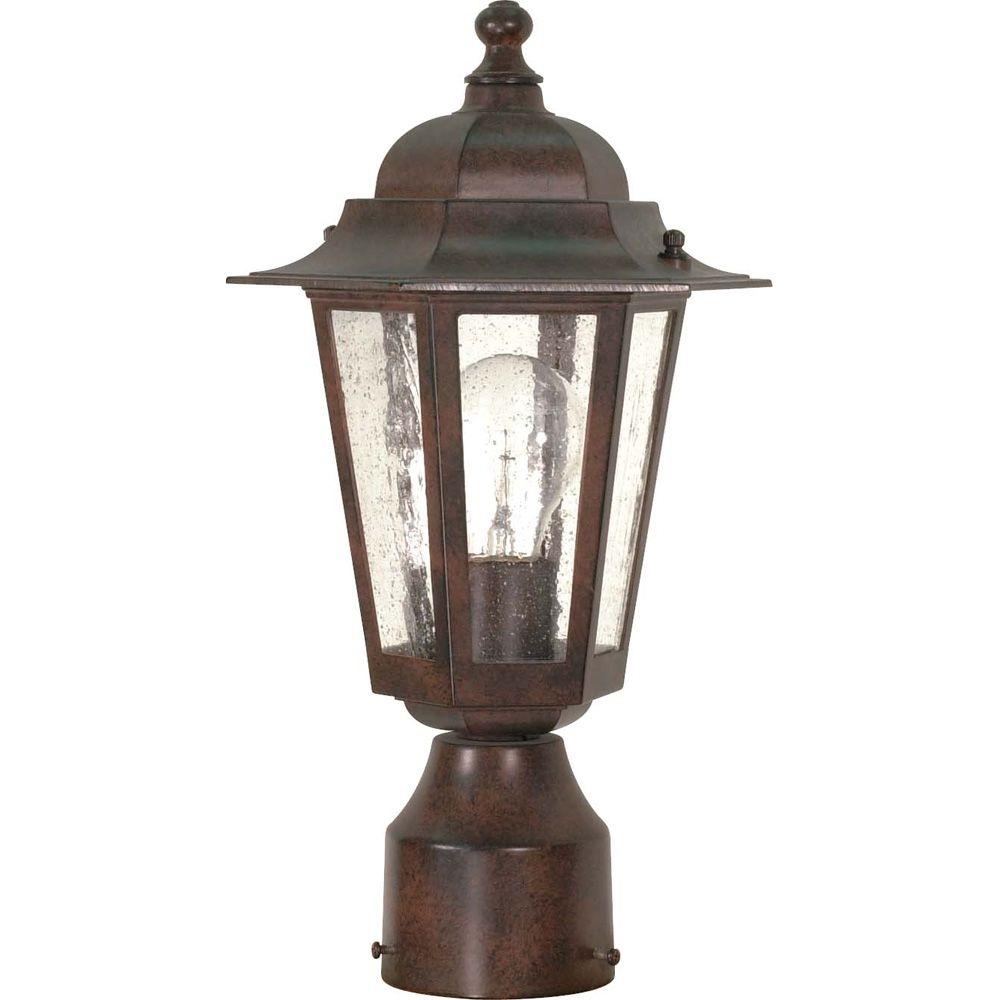The thickness of the exterior window casing is 5.5 in. However, in your article “calculating the minimum thickness of rigid foam sheathing” you state that for climate zone 6 you need r 11.25 for exterior sheathing on a 2×6 wall and for zones 7 & 8 you need r 15. exterior wall thickness canada.
Exterior Wall Thickness Canada, However, in your article “calculating the minimum thickness of rigid foam sheathing” you state that for climate zone 6 you need r 11.25 for exterior sheathing on a 2×6 wall and for zones 7 & 8 you need r 15. The best first step to ensure that your home’s interior stays cared for is being diligent in maintaining your home’s exterior. This old brick veneer is manufactured up to one inch in thickness.
 What Happens to Windows When You Add Exterior Insulation? From buildshownetwork.com
What Happens to Windows When You Add Exterior Insulation? From buildshownetwork.com
For houses, interior walls are usually 4.5 or 5 4 level 1 minkowar · 3y This old brick veneer is manufactured up to one inch in thickness. Exterior wall thickness varies, depending on the exterior finish, siding and brick facing.
Exterior wall sheathing strengthens the wall system, provides a nailing base for the siding, and gives a layer of protection against outside elements.
Time, the elements and general wear and tear can take a toll on your home, but our handymen and skilled tradespeople are here to ensure your home’s exterior gets the treatment. The thickness of exterior residential walls when using icfs depends on several factors. This type of wall is designed to dry to the interior. As far as standard building materials are concerned, masonry walls tend to be the thickest, and the maximum recommended thickness for walls up to 70 feet high is 12 inches. For wall s not exceed ing 3.0 m in un support ed height. However, areas susceptible to high winds require concrete thickness of at least 8 inches.
Another Article :

Interior walls in older construction may differ. For every additional 70 feet of height added onto the property, the wall thickness can be increased by an extra four inches to support the additional weight of the structure. Placed within and parallel to an exterior wall are required to be insulated to the effective thermal. Interior walls in older construction may differ. However, areas susceptible to high winds require concrete thickness of at least 8 inches. truss Archives Simpson StrongTie Structural Engineering.

Your home exterior is your first defence against the harsh canadian elements. Current code in the northeast calls for 2x6 framing as a minimum, 1/2 sheathing for exterior walls, 5/8 sheathing for roof sheathing, 1/2 drywall on interior walls, 5/8 drywall on ceilings and on walls for garages abutting living space. However, areas susceptible to high winds require concrete thickness of at least 8 inches. Based on the chart below,.11 m is added to The exterior wall thickness can be determined by measuring the thickness of the exterior door casings and/or exterior window casings. The DoubleStud Wall Simplified Low Cost, High.

The exterior wall thickness can be determined by measuring the thickness of the exterior door casings and/or exterior window casings. Structural exterior wall sheathing ties framing studs together, making the walls resistant to twisting and bending. Those who understand the building science. Standard icf external walls need six inches of concrete. The exterior wall thickness can be determined by measuring the thickness of the exterior door casings and/or exterior window casings. The possibilities (and Dangers) of Interior Insulation.

It really depends on what your walls are made of, your interior and exterior finishes, and your type of project. Lightweight interior and exterior thin brick veneer installation. For houses, interior walls are usually 4.5 or 5 4 level 1 minkowar · 3y Moreover, the thickness of masonry wall need to be increased by 101.6 mm (4in.) for each successive 10.668m (35 ft.) height or fractions of this height measured from the top of the masonry wall. (1) except as required in sentence (2), the thickness of foundation walls made of unreinforced concrete block or solid concrete and subject to lateral earth pressure shall conform to table 9.15.4.2.a. Vapor open exterior without sheathing maximizes.

The thickness of load bearing masonry wall should be at least 304.8 mm (1 ft.) thick for maximum wall height of 10.668m (35 ft.). Exterior wall thickness varies, depending on the exterior finish, siding and brick facing. The thickness of exterior residential walls when using icfs depends on several factors. In this book, however, studs are assumed to be 16 in. Your home exterior is your first defence against the harsh canadian elements. BC Passive House in Canada has a manufacturing plant that.

Based on the chart below,.11 m is added to For properties that measure up to 70 feet in height, it is recommended that the exterior walls be no thicker than twelve inches. I will be building in climate zone 6 so i figure that this wall assembly must be sufficient there as well. In this case it will be a window casing. Lightweight interior and exterior thin brick veneer installation. foundation wall system Brick veneer wall, Brick veneer.
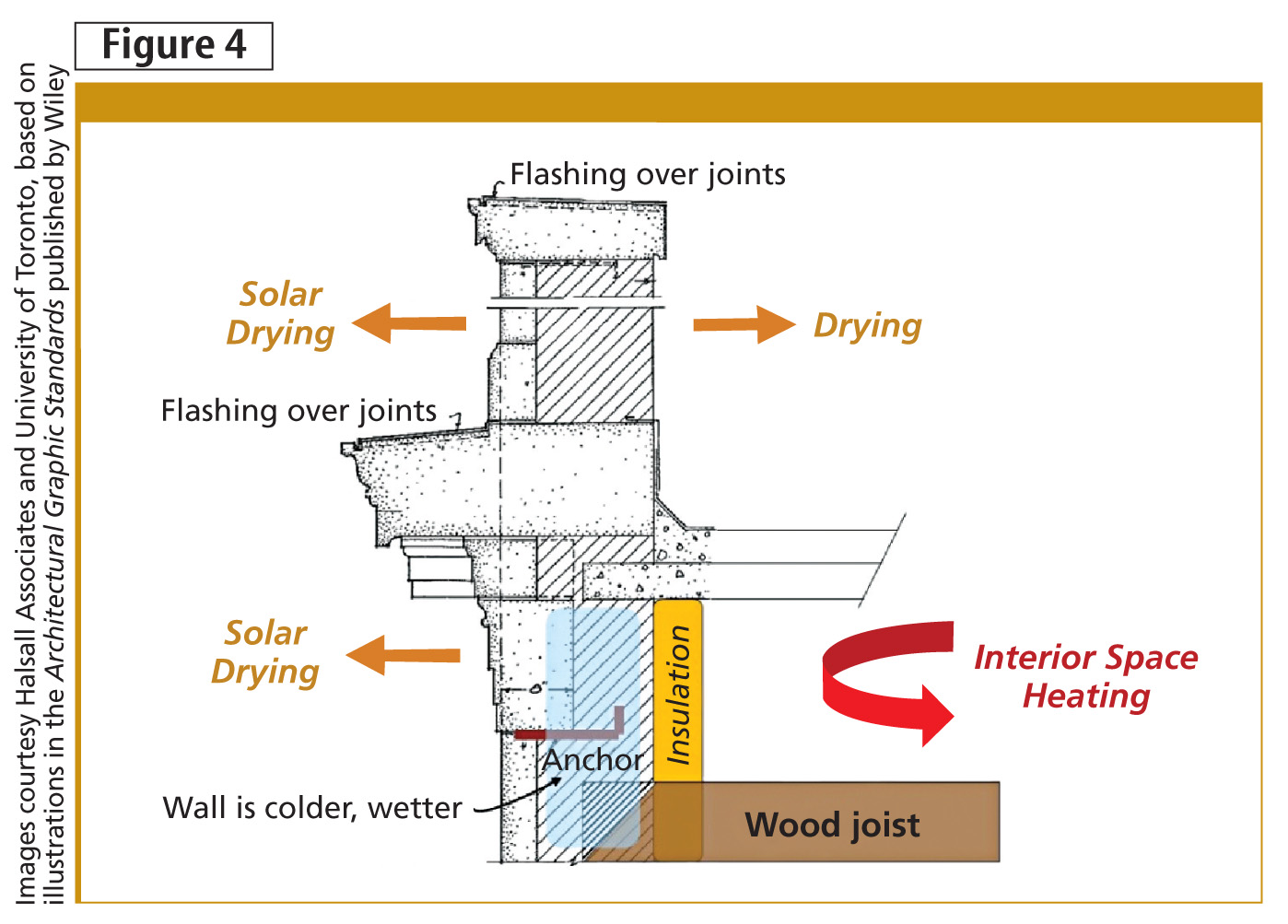
Current code in the northeast calls for 2x6 framing as a minimum, 1/2 sheathing for exterior walls, 5/8 sheathing for roof sheathing, 1/2 drywall on interior walls, 5/8 drywall on ceilings and on walls for garages abutting living space. In this book, however, studs are assumed to be 16 in. Moreover, the thickness of masonry wall need to be increased by 101.6 mm (4in.) for each successive 10.668m (35 ft.) height or fractions of this height measured from the top of the masonry wall. However, areas susceptible to high winds require concrete thickness of at least 8 inches. In canada (as in the u.s.), there are two types of building inspectors: Older Masonry Buildings Benefits, risks, and design.

Add an extra 4 inches for each additional 70 feet in height. Standard icf external walls need six inches of concrete. 3 the canadian wood council has an online tool to assist in calculation of the effective thermal resistance of wall. Calculating the minimum thickness of rigid foam sheathing. The exterior wall thickness can be determined by measuring the thickness of the exterior door casings and/or exterior window casings. BA0202 Basement Insulation Systems Building Science.
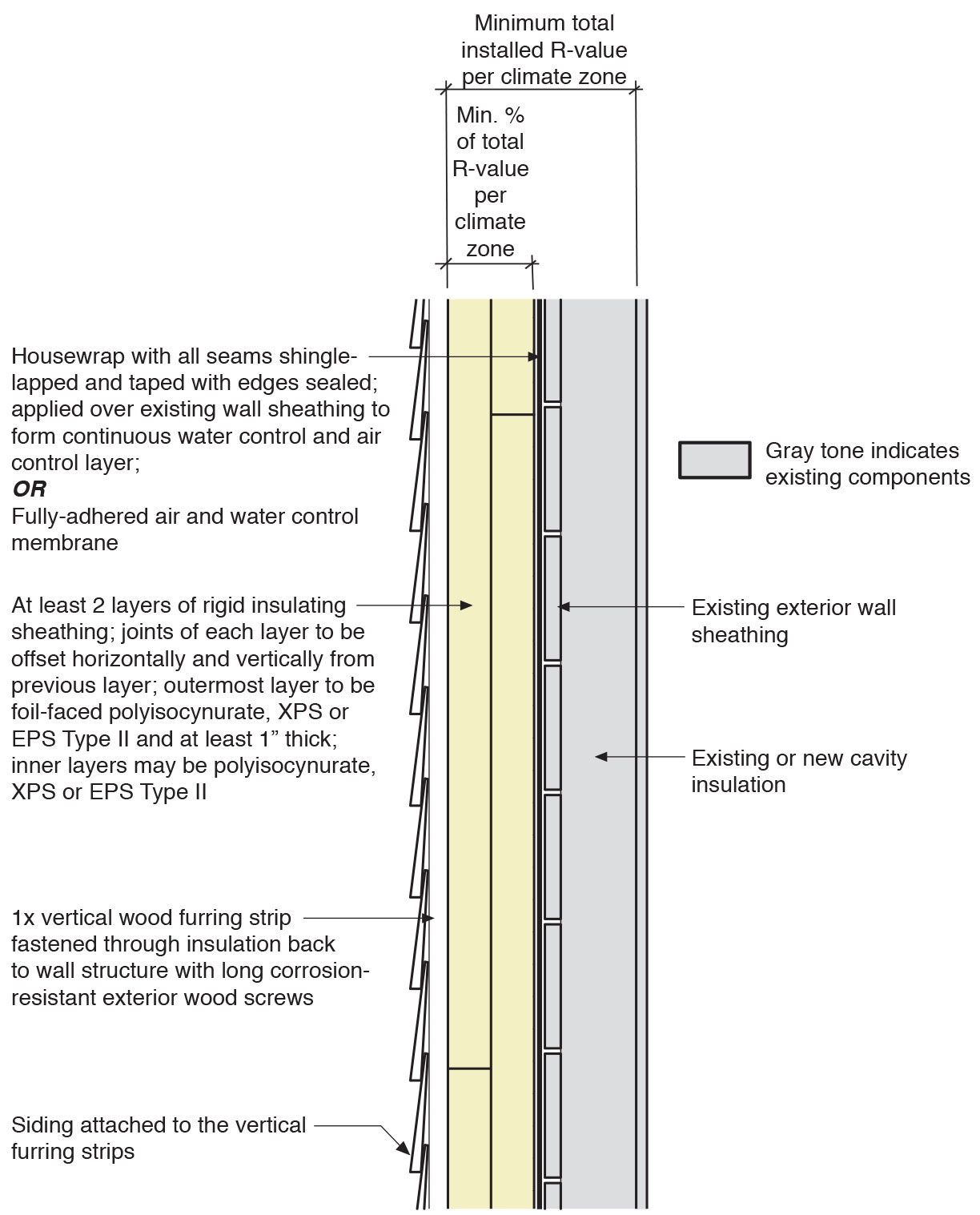
Stud spacing of 2x4 and 2x6 walls may vary with loading, lumber grades, and finish materials; In this book, however, studs are assumed to be 16 in. As far as standard building materials are concerned, masonry walls tend to be the thickest, and the maximum recommended thickness for walls up to 70 feet high is 12 inches. Drying and planing reduce the finished size to the current standard of 1.5 by 3.5 inches. Lightweight interior and exterior thin brick veneer installation. Insulating sheathing is installed on exterior of an.
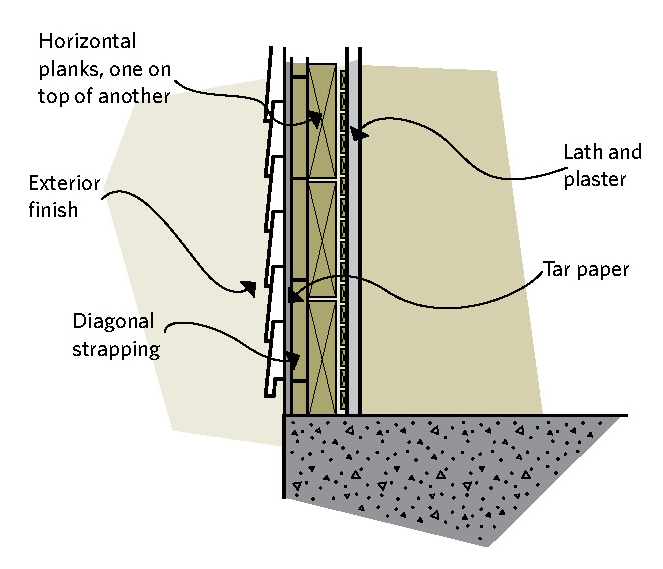
Calculating the minimum thickness of rigid foam sheathing. The thickness is not fixed, and is completely up to you. In canada (as in the u.s.), there are two types of building inspectors: Tyvek wrap is next, but doesn�t add much to the measurement. Moreover, the thickness of masonry wall need to be increased by 101.6 mm (4in.) for each successive 10.668m (35 ft.) height or fractions of this height measured from the top of the masonry wall. Keeping The Heat In Chapter 7 Insulating Walls.

Tyvek wrap is next, but doesn�t add much to the measurement. Thickness of exterior walls (1) masonry exterior wall s, other than cavity wall s, in 1 storey building s and the top storeys of 2 and 3 storey buildings shall be not less than 140 mm thick provided the walls are not more than 2.8 m high at the eaves and 4.6 m. In this case it will be a window casing. Moreover, the thickness of masonry wall need to be increased by 101.6 mm (4in.) for each successive 10.668m (35 ft.) height or fractions of this height measured from the top of the masonry wall. This can be remedied by increasing the thickness from the typical ½” to ⅝”. Lstiburek’s Ideal DoubleStud Wall Design Stud walls.

Placed within and parallel to an exterior wall are required to be insulated to the effective thermal. Thickness of exterior walls (1) masonry exterior wall s, other than cavity wall s, in 1 storey building s and the top storeys of 2 and 3 storey buildings shall be not less than 140 mm thick provided the walls are not more than 2.8 m high at the eaves and 4.6 m. It really depends on what your walls are made of, your interior and exterior finishes, and your type of project. This old brick veneer is manufactured up to one inch in thickness. Stud spacing of 2x4 and 2x6 walls may vary with loading, lumber grades, and finish materials; LP FlameBlock FireRated Assemblies LP Building Products.
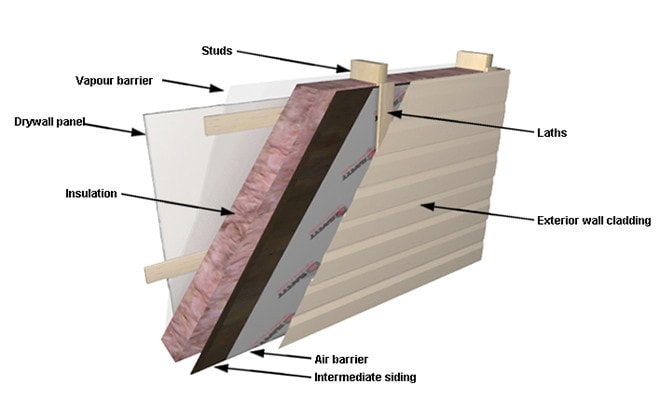
Interior walls in older construction may differ. However, in your article “calculating the minimum thickness of rigid foam sheathing” you state that for climate zone 6 you need r 11.25 for exterior sheathing on a 2×6 wall and for zones 7 & 8 you need r 15. This type of wall is designed to dry to the interior. Stud spacing of 2x4 and 2x6 walls may vary with loading, lumber grades, and finish materials; Any thickness greater than this, no matter the material, is excessive. Choose a suitable exterior wall cladding RONA.

It really depends on what your walls are made of, your interior and exterior finishes, and your type of project. For wall s not exceed ing 3.0 m in un support ed height. Add to that whatever type of external siding you want and you end up with an external wall, of 6 1/4 — 8 inches thick 1.8k views allen johnson Add an extra 4 inches for each additional 70 feet in height. (1) except as required in sentence (2), the thickness of foundation walls made of unreinforced concrete block or solid concrete and subject to lateral earth pressure shall conform to table 9.15.4.2.a. 32 best Metal Lath & Accessories for Stone & Stucco images.
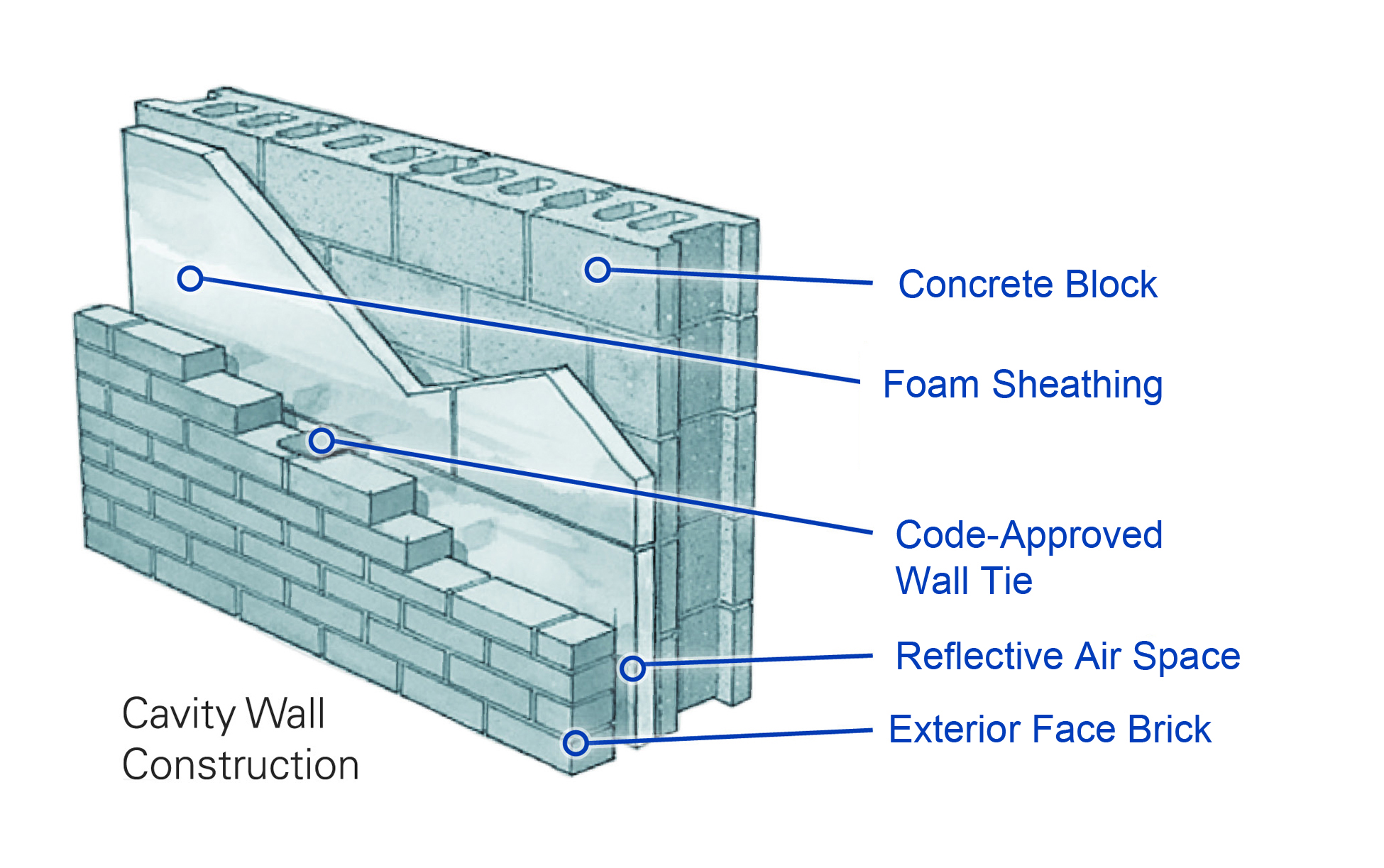
3 the canadian wood council has an online tool to assist in calculation of the effective thermal resistance of wall. Usually, interior walls are anywhere from 4 to 6 inches thick, and exterior walls are typically 6 to 8 inches. To see the choices in lumber for a timber frame building or home, see here. Interior walls in older construction may differ. As far as standard building materials are concerned, masonry walls tend to be the thickest, and the maximum recommended thickness for walls up to 70 feet high is 12 inches. The Devil is in the Details Maximizing continuous.
